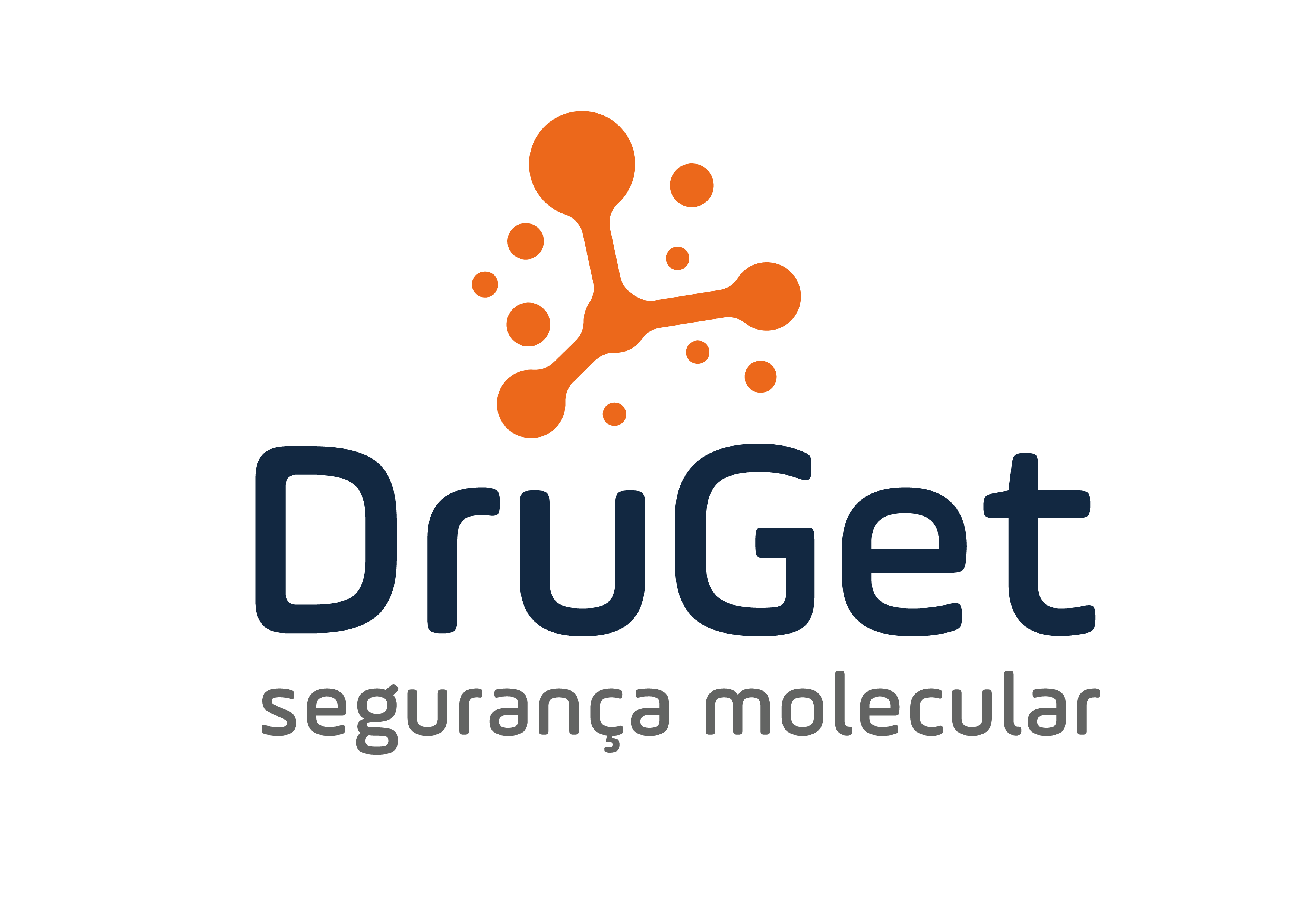The integration of advanced technologies in R&D (Research and Development) is transforming how new products are conceived, developed, and launched. With the growing use of artificial intelligence (AI), bioinformatics, cloud computing, advanced LIMS, and 3D bioprinting, the innovation cycle is becoming faster, more accurate, and personalized. As a result, these tools are driving a new era of technological innovation in R&D, with a direct impact on sectors such as healthcare, pharmaceuticals, automotive, and aerospace.
Artificial Intelligence in R&D: Reducing Time and Costs
First, artificial intelligence applied to product development enables the automation of stages such as design, prototyping, and testing. Generative AI tools provide optimized solutions, performance simulations, and innovative suggestions that anticipate problems before production. As a result, companies that adopt AI in R&D report up to 50% reductions in time-to-market and 30% in costs, especially in highly competitive sectors.
Bioinformatics: The New Frontier of Personalized Medicine
Second, with the explosion of genomic data, bioinformatics in pharmaceutical R&D has become essential. This field enables the interpretation of large volumes of biological information, identifying therapeutic targets, disease-associated genes, and treatment responses. In addition, it accelerates the development of drugs and personalized therapies, promoting greater efficacy and lower costs.
Cloud Computing and LIMS: Efficiency in Laboratory Data Management
On the other hand, cloud computing offers scalability and security in managing laboratory data. At the same time, modern LIMS systems allow for sample tracking, protocol organization, and automated data integration, facilitating team collaboration and accelerating decision-making.
3D Bioprinting: Personalization Beyond the Conventional
Complementarily, 3D bioprinting is revolutionizing the development of customized tools and devices in R&D. With this technology, it is possible to create biocompatible structures tailored to specific applications, such as laboratory supports, medical devices, and even anatomical models for testing. Therefore, this innovation promotes greater efficiency, safety, and personalization in various scientific fields.
Software Development with AI: Agility and Scalability
Finally, in the field of software engineering, generative AI is optimizing application development by reducing time spent on coding and allowing greater focus on design and innovation. Thus, smart platforms increase team productivity, meeting the growing demand for digital solutions in R&D and business.
Conclusion: The Impact of Advanced R&D Technologies
In summary, the adoption of emerging technologies in Research and Development is no longer a trend — it is a strategic necessity. Accordingly, companies leading this transformation are reaping the benefits of faster, safer, and data-driven processes. The future of R&D is directly tied to the intelligent integration of AI, bioinformatics, cloud computing, and automation, creating a fertile environment for sustainable, high-impact innovation.







